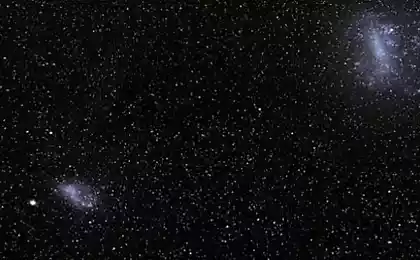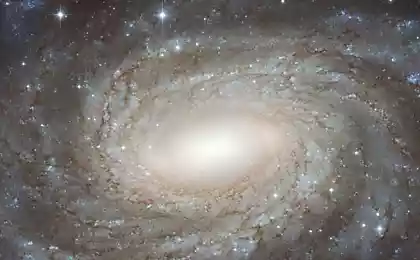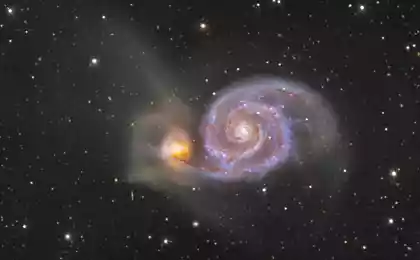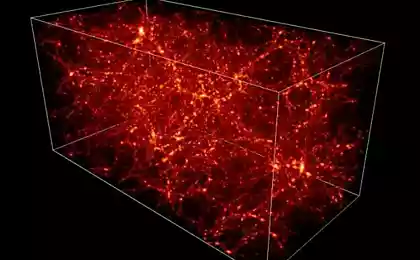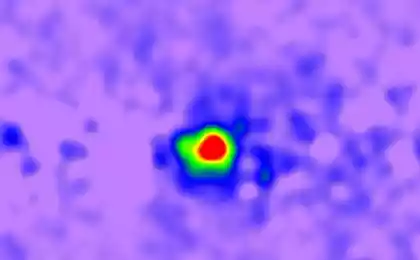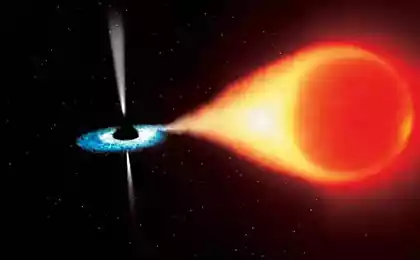478
The estimated amount of dark matter in the milky Way halved
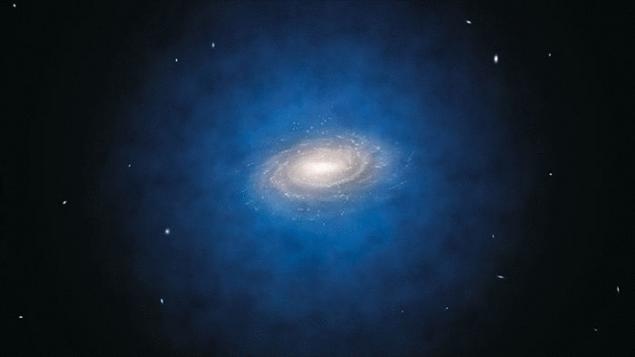
A new measurement of dark matter in the milky Way have shown that the mysterious substance in two times less than previously thought. Australian astronomers used a method developed almost 100 years ago to discover that the weight of dark matter in our own galaxy is 800 000 000 000 solar masses.
For the first time scientists walked along the edge of the milky Way, closely examining the edge of the galaxy in 5 million billion kilometers from Earth, writes Phys.org. Astrophysicist Dr. Prajval Kafle from the University of Western Australia International centre for radio astronomy research once noted that scientists know that most of the Universe is hidden:
"Stars, dust, you and I, everything we see is about 4% of the Universe. About 25% is dark matter and the rest dark energy."
Dr. Kafle managed to measure the mass of dark matter in the milky Way by studying the speed of stars throughout the galaxy, including its suburbs, which up to this point has not been studied in detail. He used reliable and time-tested technique developed by British astronomer James jeans in 1915 — decades before talking about dark matter.
Measuring Kafle helped to resolve the mystery over which theorists have struggled for almost twenty years.
"The modern idea of the formation and evolution of galaxies, known as the theory of the Lambda-CDM (cold dark matter) assumes that around the milky Way should be far more satellite galaxies that can be seen with the naked eye, but we somehow do not see, — said Kafle. — When you take the basis of our measurement of the mass of dark matter, the theory will show that there can only be three satellite galaxies that we see: the Large Magellanic Cloud, the Small Magellanic Cloud dwarf galaxy Sagittarius".
The University of Sydney astrophysicist Professor Durant Lewis, who also took part in the study, says the problem with the missing satellites "was an eyesore cosmologists for nearly 15 years." Work Kafle showed that all may not be as bad as I thought, although, of course, remains a number of issues that need to be addressed.
The study also presented a holistic model of the milky Way, allowing scientists to measure several interesting things such as speed, which is necessary in order to leave the galaxy.
"Be prepared to accelerate to 550 kilometres per second if you want to leave the gravitational field of our galaxy, said Kafle. — A rocket taking off from Earth, the required speed of 11 km/s to leave the surface."
Source: hi-news.ru


